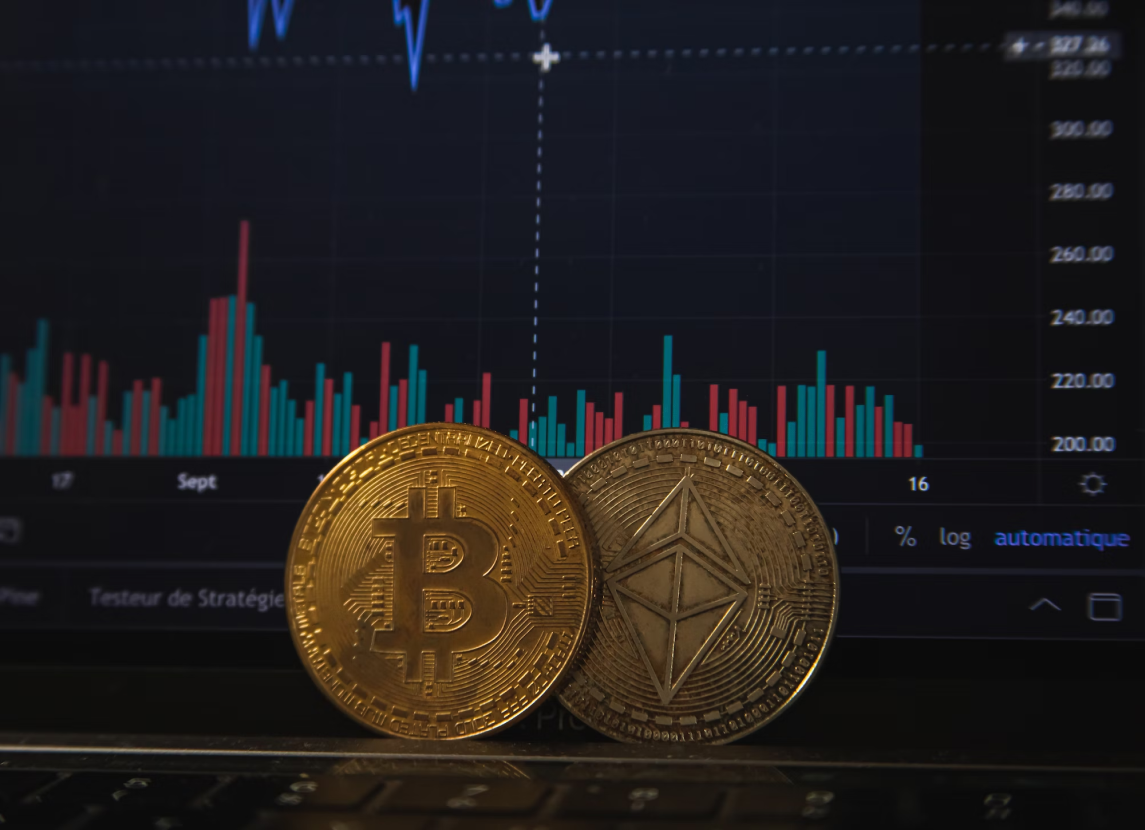Accurate on-chain data are a challenge, but they are key to estimating real activity and trading volume. Stablecoins are one key measure of activity, both to trade volumes and transactions.
Decentralized swaps, liquidity mining, and lending require on-chain interactions with smart contracts. That transaction volume, however, does not reflect trading settlements. A recent study by Bloomberg and Allium Labs shows that stablecoin volumes are often not reported accurately, with about 90% of the activity being driven by automated actions or bots.
TRON Blockchain Reports Peak USDT Activity
Accurate reporting can be problematic when one set of coins is used in multiple transactions, leading to double-counting. When stablecoin transactions reached Visa’s levels, it became clear that there was a need for more research.
However, real persons or settlements may not be tied to the reported on-chain volumes. The most easily visible discrepancy is between unadjusted and adjusted volumes, based on Visa and Allium’s methodology. The adjusted value is about 10% of the unadjusted value, based on repeating transfers of the same funds.
Stablecoins exist on several blockchains with a special focus on DeFi. TRON-based assets, including TRON-based USDT, play a significant role in the ecosystem, besides Ethereum.
The TRON network has the biggest reported transaction count and value. TRON-based USDT reportedly carried $5.42 trillion in value since the start of 2023, with close to one billion transactions for that same period.
On the second spot, the Binance version of USDT carried around $759.9M transactions since 2023, though with a value of just $671B. The high activity level may signify some of the transactions were either micropayments, or automated by bots.
Stablecoin Volumes on the Two Biggest Networks
Most prominent L1 and L2 blockchains have launched stablecoins, especially USDT. Those versions supply decentralized pairs or serve as collaterals. But even in 2024, stablecoins are still concentrated on Ethereum and TRON, with a more noticeable growth for Solana.
Most of the significant supply growth happens through printing Ethereum or TRON-based USDT. This metric can also be used to gauge market sentiment and readiness to trade.
Stablecoins on other blockchains only have a fraction of the supply and a potentially limited effect on activity.
Do Bots Harm DeFi Space or Help with Automation?
Bot usage is a well-known fact in crypto trading. Some interactions with DEX or smart contracts are too fast for human use. Other activities have been automated to avoid unwanted market movements.
Trades, NFT sniping or automated collaterals are not harming DeFi space, but instead increasing its potential. Even beginner traders can get exposed to automation by picking Telegram bot tokens.
DeFi activity measures both transactions and active wallets. During some periods, transactions and trades rise without an increased number of users. This discrepancy can suggest the usage of bots.
Most decentralized protocols are not immediately opposed to bot usage. The only problem for bot-driven activity is decentralized gaming, where developers aim to bring in real users, with a single wallet tied to a verified identity.
But with projects that do not require KYC, multiple wallets and bots remain a viable strategy.
Bot Volumes are Not Really Fake
Bot-driven volumes are not necessarily fake volumes. In fact, they may be tied to personal wallets and work as tools for speed-trading. Telegram bots are in competition to provide those seamless services, where users do not need to manually order transactions.
Automated services like BonkBot have handled more than $5.5B in lifetime trades. Bots have also helped drive the latest meme token trend, by minimizing the time from decision to purchase.
Bot trading happens on networks that offer a robust DeFi sector and low trading fees. MEV and Telegram bots work on Solana, Arbitrum, Base, Avalanche and Binance Smart Chain.





